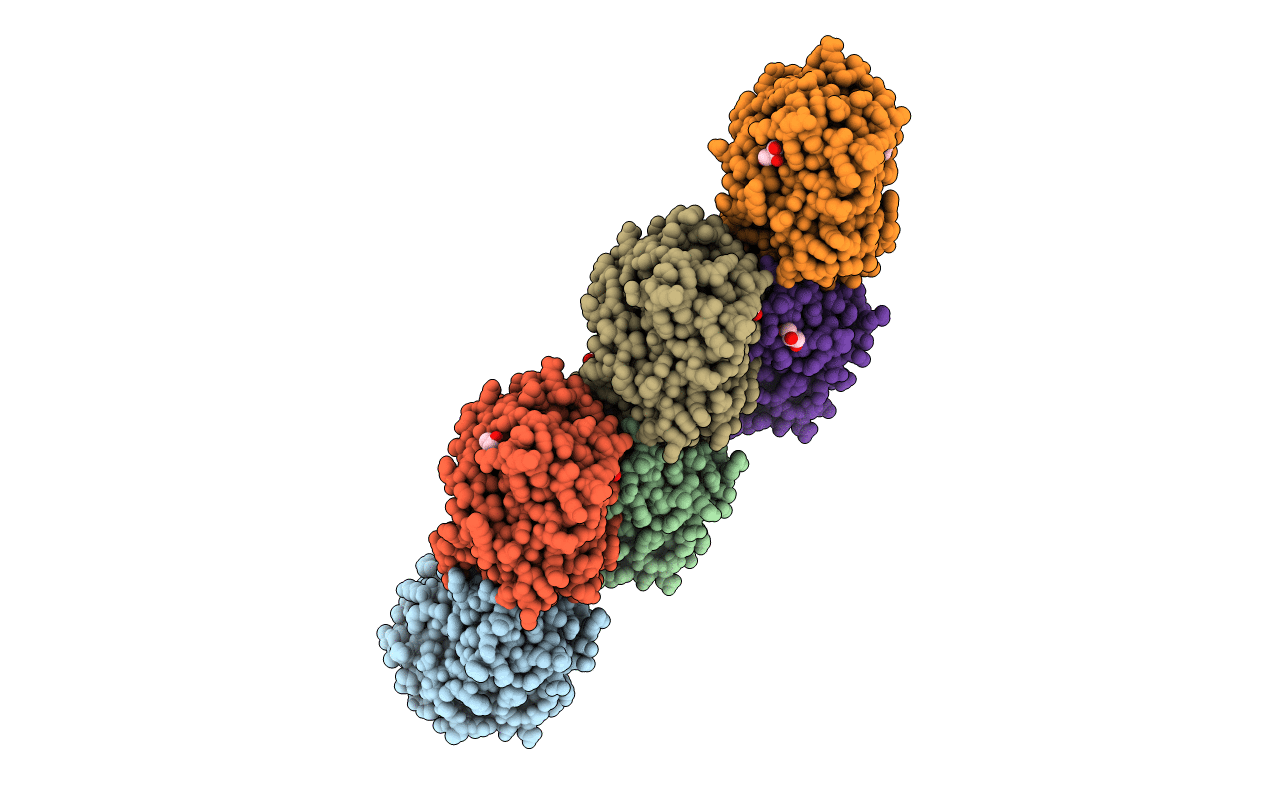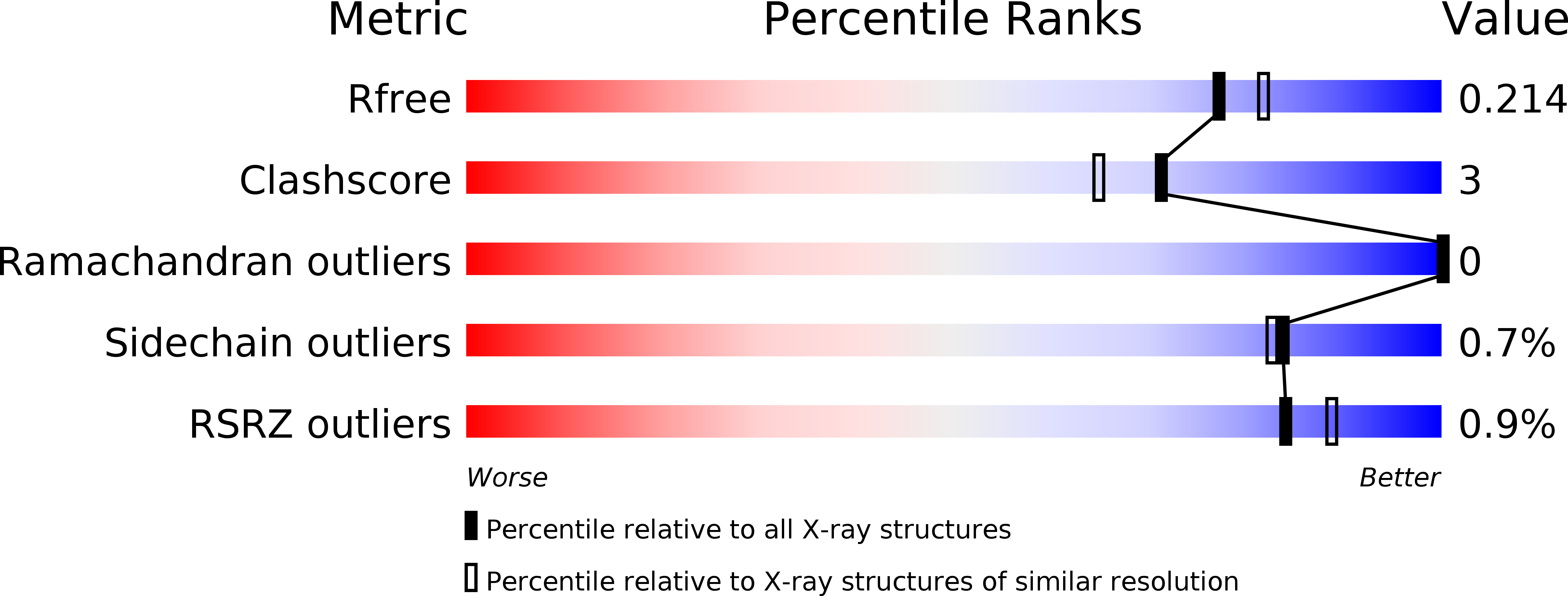
Deposition Date
2010-03-17
Release Date
2010-04-07
Last Version Date
2024-11-27
Entry Detail
PDB ID:
3M7W
Keywords:
Title:
Crystal Structure of Type I 3-Dehydroquinate Dehydratase (aroD) from Salmonella typhimurium LT2 in Covalent Complex with Dehydroquinate
Biological Source:
Source Organism:
Host Organism:
Method Details:
Experimental Method:
Resolution:
1.95 Å
R-Value Free:
0.20
R-Value Work:
0.15
R-Value Observed:
0.15
Space Group:
C 1 2 1


